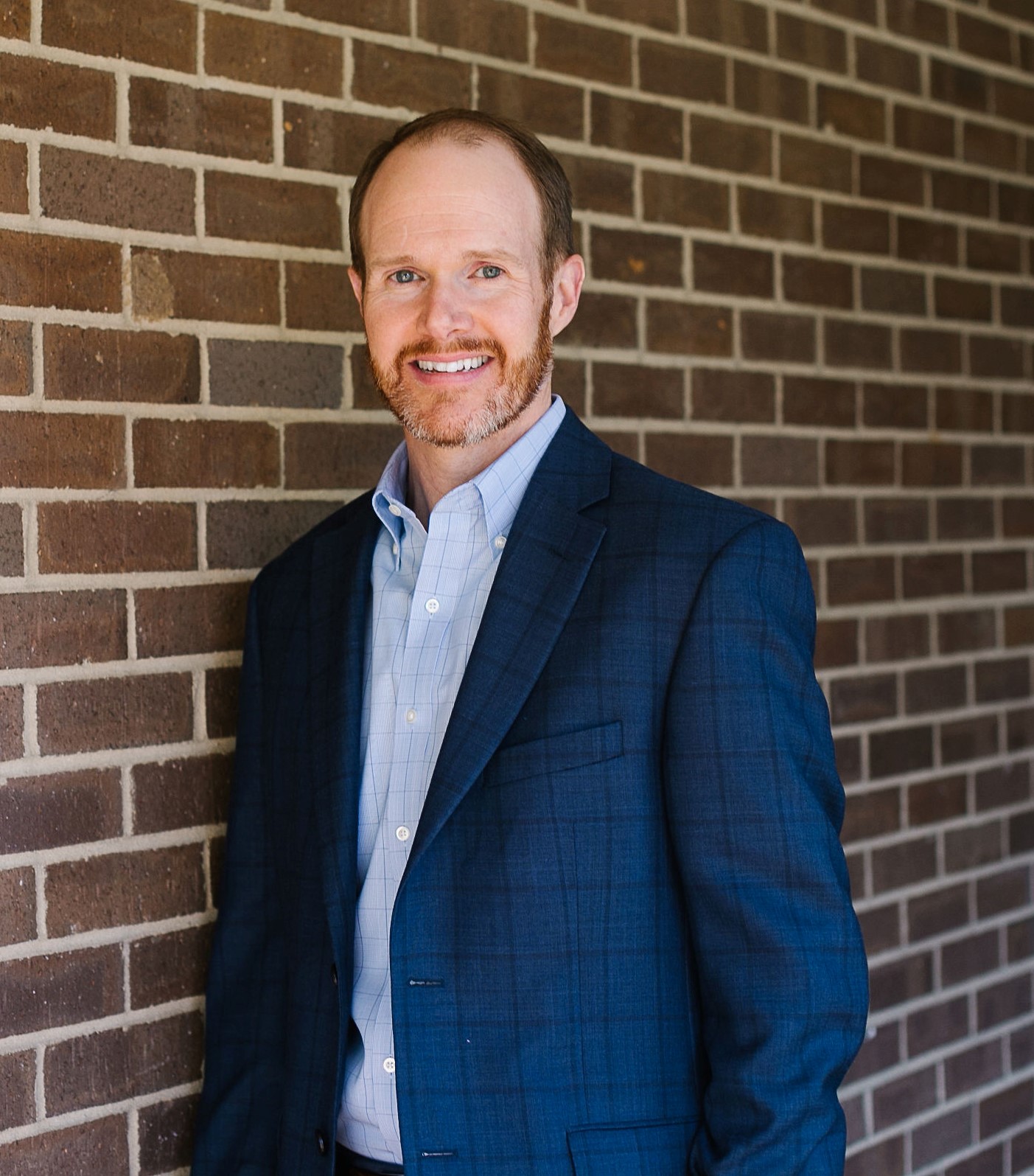Global View’s Philosophy Simplified
Downtown, there is an ice cream shop for sale for $ 1.4 million. They make really good ice cream, and we like ice cream. But we are looking for investment opportunities to grow our money with somewhat measured risk.
We gathered and studied the last five years of financial statements of the ice cream shop. Did they have a lot of debt? How much did their earnings grow each year? How did they grow their earnings? Will earnings continue to grow? After a detailed analysis of their financial statements and study of the demographic changes of the area, foot traffic, street traffic, competition, and many other items, we quantitatively came to a valuation of $ 1 million dollars.
Again, they are asking for $1.4 million. It is worth $1 million, but as value investors, we are only going to purchase it if we can get it at a discount in terms of its value. Therefore, we are only willing to pay $700k—$800k. You ask why not pay what it is worth? Why are we willing to pay only 70%- 80% of the intrinsic value?
There are two reasons for this:
- If we are correct with the valuation of $ 1 million and the earnings continue to grow, likewise, the value grows, and the market will realize the true value at some point in the future. This produces much better long-term results.
- If we are wrong, and earnings suffer and the value declines to $900k we have built in a buffer, or as we call it “a Margin of Safety.”
Bottom line: We are not willing to put our clients’ hard-earned money at risk, especially money they need for their retirement years. If we are right, we are going to make more money over the long term. If we are wrong, we are going to be ok because we built in a buffer or Margin of Safety by not overpaying. …..Better Returns with less risk!
The Dot Com Bust
What happens in markets is that assets get overpriced or underpriced. As we saw in the late 1990s, “dot com” companies drove up US equity markets. As value investors, you should not pay those extreme prices for companies, knowing that they are likely to drop back down to their true value. We saw that this happened beginning in March of 2000, driving markets down for three consecutive years. The S&P index was down -9%, -11%, and -26%. It took six years for markets to recover.
Sticking to Your Guns
Jean Marie Eveillard, a long-time portfolio manager of First Eagle Global with stellar performance, said in a shareholder newsletter in the late 1990s, “I would rather lose half of my shareholders than half of my shareholder's money.” He knew that he would lose some of his clients because of his underperformance of the indexes in the late 1990s. But he stuck to his core philosophy of not overpaying for companies. He was purchasing undervalued companies outside of the US, many were small companies in Japan. During the downturn that followed the “dot com” bubble, his portfolio made 9%, 10%, and 10% in those years when markets got hammered.
Are we in the New Bubble?
Beginning in 2023, markets have again become very distorted driven by companies related to AI (Artificial Intelligence). The S&P 500 has been driven only by a few companies. Below shows that by taking out the top seven (the Magnificent Seven as they are called) the remaining 493 companies only made 6.3% in 2024 and 4.1% in 2023. Most investors did not get the returns of these seven companies, which in our estimation, are overpriced.
We choose to stick to our core philosophy, which has proven to work and will continue to work over the long term.
Not overpaying is a key component of investing. Value investing still works!
Fundamentals still matter!
Source: Phil Rosen, Opening Bell Daily




.jpeg)

.jpeg)


